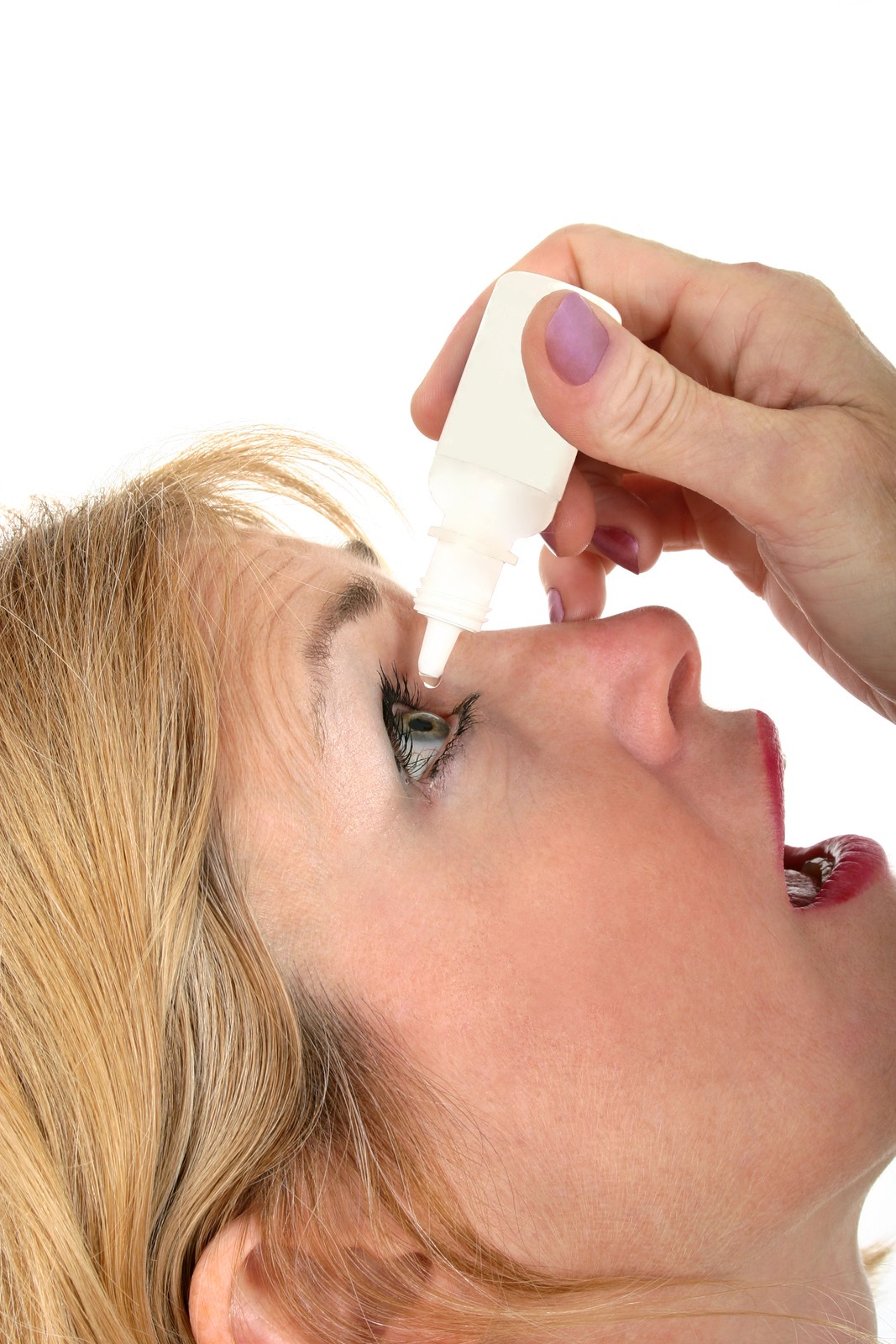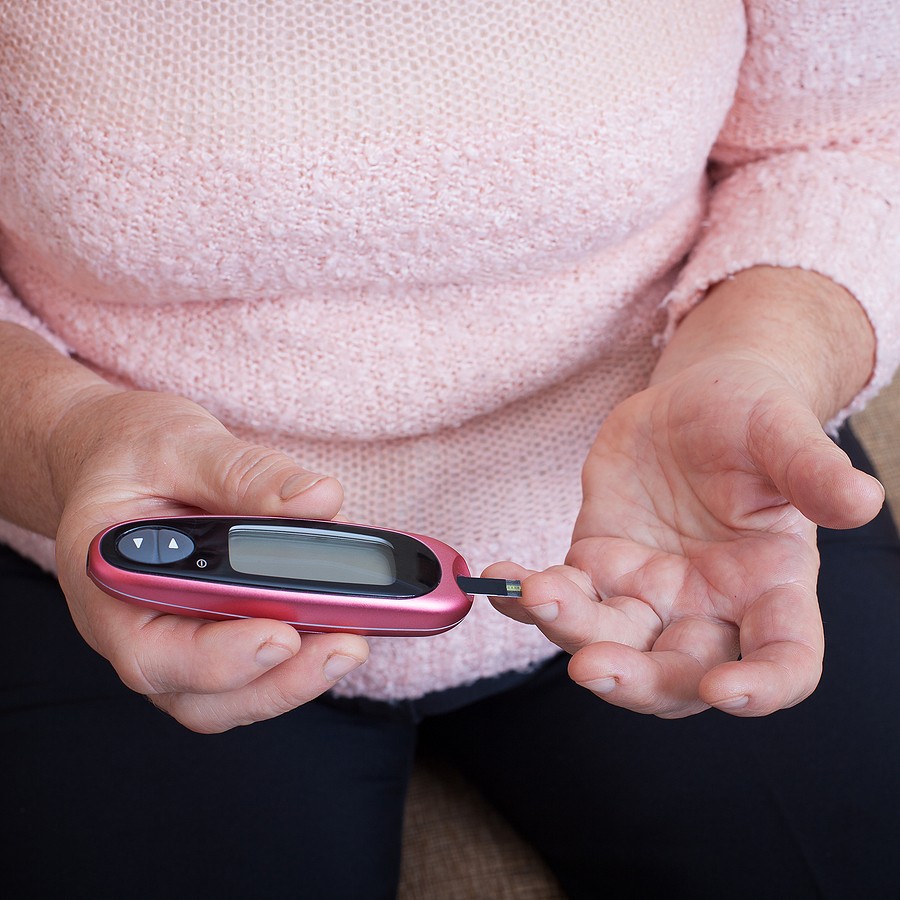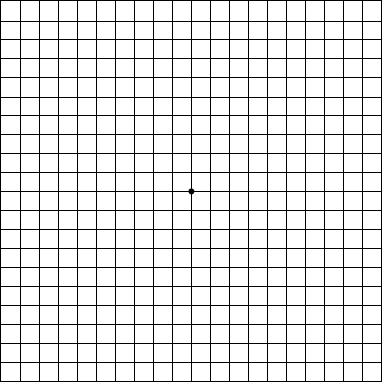Avoidable Vision Loss in Adults
FACTS about Australian adults
- More than 453,000 Australians are blind or vision impaired
- The prevalence of vision impairment increases with age. It is estimated that nearly 85% of all vision loss happens among those who are aged 50 years and older
- 5 conditions are responsible for over 80% of vision impairment: uncorrected refractive error, cataract, age-related macular degeneration, diabetic retinopathy and glaucoma.
- The estimated annual costs of vision impairment in Australia is $16 billion, however the personal and social cost is even greater.
- 90% of vision loss in adults in preventable! Regular Eye Examinations Save Sight
- LEHP focuses on 3 conditions, that without early detection and intervention, will likely lead to irreversible vision loss.

For more information
Watch this 12 minute Video: Avoidable Vision Loss Presentation
Download LEHP’s Avoidable Vision Loss Brochure: Avoidable Vision Loss Brochure
Conditions which will lead to Irreversible Vision Loss without early detection and Intervention
Glaucoma
What is Glaucoma?
Glaucoma is an eye disease that slowly damages the fine nerves that connect the eye to the brain and damage to the optic nerve results in vision loss.
It is often referred to as the ‘sneak thief of sight’. Peripheral (side) vision is lost gradually. It is common for a significant amount of peripheral vision to be lost before an individual becomes aware that there is a problem.
Unfortunately, there is no cure for glaucoma. If left untreated it can lead to irreversible vision loss and blindness.
Risk factors
You have a higher risk of developing glaucoma if you
- Have a family history of glaucoma
- Are aged over 50
Prevention
Vision loss and blindness can be prevented if detected and treated early.
Regular eye examinations are essential
An eye examination for glaucoma will usually include
- Eye pressure measurement
- Visual field test
- Optic nerve photograph

Treatment
An individual treatment plan with be created with a specialist. Although there is no cure for glaucoma, it can usually be controlled, and further loss of sight prevented through a combination of treatment options such as:
- Eye Drops
- Laser Surgery
- Oral Medication
- Surgery
For further information: Glaucoma Australia – glaucoma.org.au


Diabetic Retinopathy
What is Diabetic Retinopathy?
Diabetic Retinopathy is a term used for visual complications that results from diabetes. Diabetic Retinopathy causes damage to the blood vessels that nourish the retina, the seeing part at the back of the eye.
These changes can result in vision loss and blindness.
It is estimated that 300,000 Australian have the condition – however half don’t know they have it!
Risk Factors
All people with diabetes are at risk of developing diabetic retinopathy
Poor control of diabetes is a major risk factor
High blood pressure and elevated cholesterol are also important risk factors.

Symptoms
The early stages are painless and don’t affect vision. Late-stage symptoms may include blurred and patchy vision.
Special Groups
Children with diabetes should be screened at puberty.
Women with diabetes who become pregnant should be screened in the first trimester.
Diabetes is more than twice as prevalent in Aboriginal and Torres Strait Islanders. Eye Screening on an annual basis is recommended.

Treatment
Eye examinations when you are first diagnosed with diabetes and then at least every 2 years are essential.
Laser is used to treat retinopathy; laser is very effective at maintaining vision but it cannot restore vision that has already been lost.
For further information: Diabetes Australia: diabetesaustralia.com.au

Age-related Macular Degeneration
What is age-related Macular Degeneration?
Age-related macular degeneration (AMD) causes poor vision by affecting the area responsible for central vision (the macula).
It does not usually affect peripheral or side vision. However, reading, watching tv, driving, recognising faces and colour discrimination become very difficult.
AMD is most prevalent after the age of 50 years. About 30% of the population is affected by AMD. Two out of three people over 90 will develop AMD and one in four will experience significant vision loss from it.
There are two types of AMD:
DRY AMD
- ‘Dry’ AMD develops slowly and results in gradual vision impairment
- Antioxidant / vitamin supplements can slow progression and reduce the risk of vision loss
WET AMD
- Develops more rapidly and occurs when abnormal vessels develop beneath the retina and bleed
- There are new, effective treatments available – early detection is the key

Risk Factors
Age, smoking and family history are risk factors
Amsler Grid
The Amsler grid can assist you to monitor your central vision. Wear your reading glasses and hold the grid at reading distance. Cover one eye at a time and focus on the central area or dot. If the straight lines appear distorted, or blurred – see a specialist for an eye examination.

